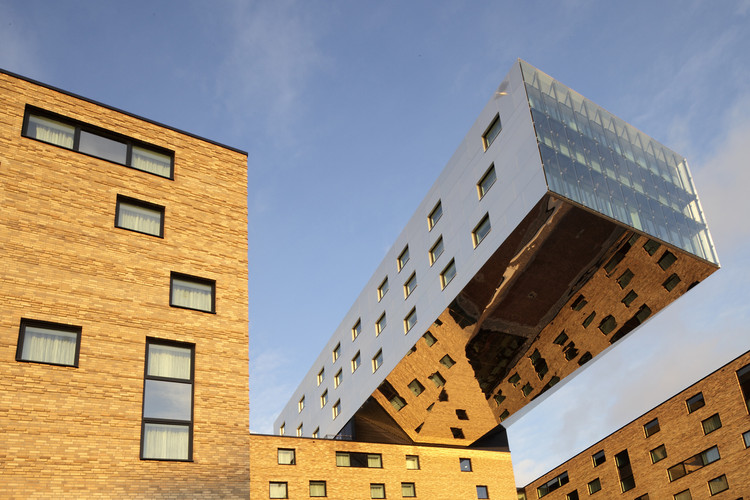
By combining such concepts as phenomenology, sustainability and formal exploration, which have become part of a particularly Singaporean conception of architecture, Soo Chan of SCDA Architects occupies an unusual niche within the architecture profession. To complement this wide range of interests, his firm also engages in a wide range of activities, working on architecture, landscape, and interiors projects, and even acting as its own developer on a number of occasions. In this latest interview from Vladimir Belogolovsky's “City of Ideas” column, Chan discusses the early experiences that led to his current understanding of architecture, and how the context of Singapore has affected his designs.
Vladimir Belogolovsky: Was architecture on your mind from an early age? What was it that first attracted you to the discipline?
Soo Chan: I was deeply influenced by the house I grew up in, the Khoo Kongsi compound in Penang, an island off the west coast of Malaysia. Khoo Kongsi was planned around a central communal courtyard where many generations of my extended family lived, and it is a UNESCO World Heritage site today. I can still picture the spatial and light qualities of the long and narrow house I grew up in, punctuated with open air wells. I remember the smell of fresh rain coming deep into the house on to the sunken courts, and the pockets of light and darkness in the house.








.jpg?1488828506)





























_Hedrich_Blessing_015.jpg?1478169991)
_Hedrich_Blessing.jpg?1478166602)
_Iwan_Baan_01.jpg?1478167148)
_Hedrich_Blessing_012.jpg?1478167596)
_Hedrich_Blessing_012.jpg?1478166992)












.jpg?1470952641)
.jpg?1470952609)






.jpg?1461556064)
.jpg?1461555713)
.jpg?1461555891)
.jpg?1461555072)
.jpg?1461556241)




















.jpg?1447120055)

.jpg?1447120320)

